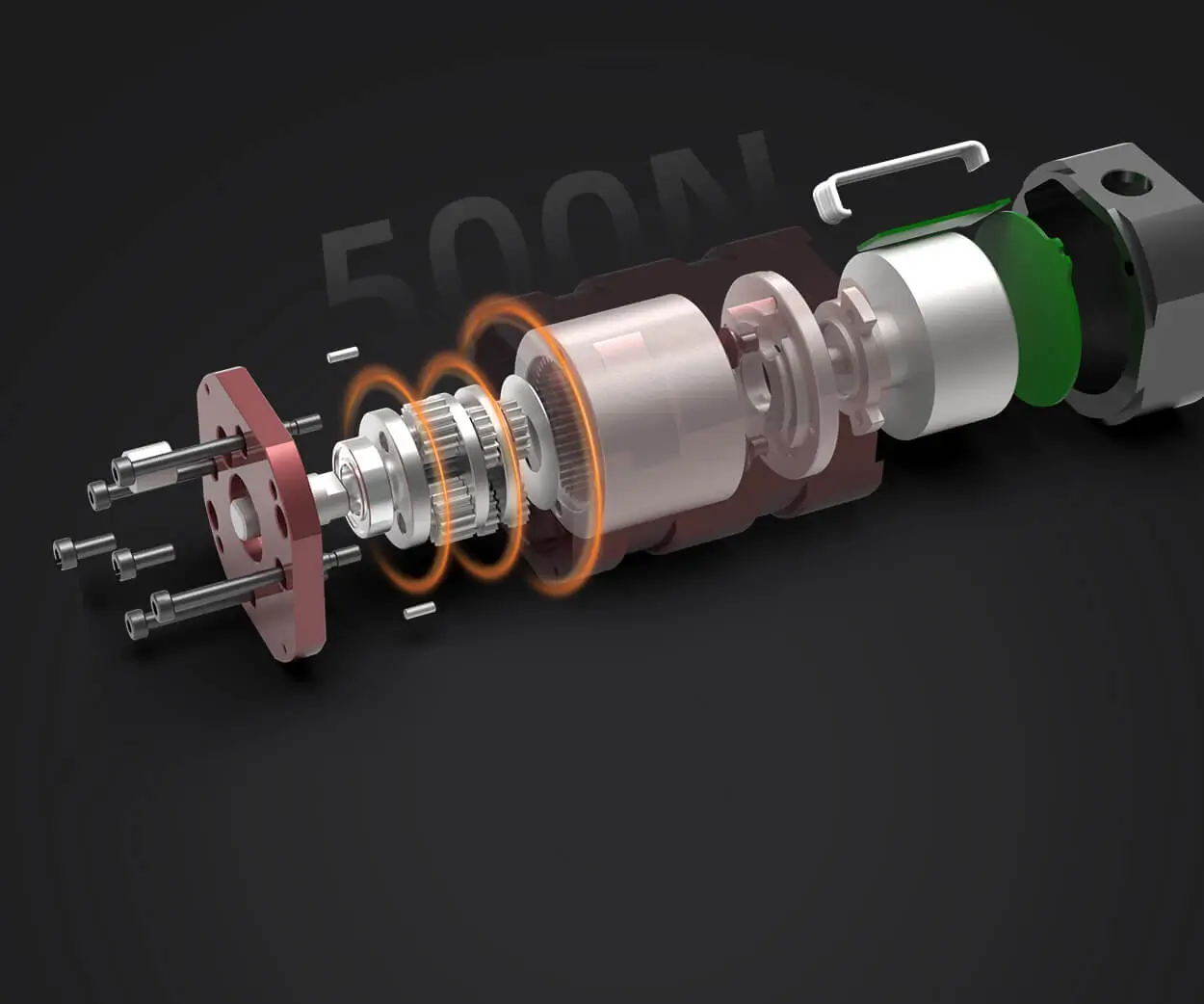Imagine this: you’re trying to build a complex app with a ton of moving parts. Each piece might be developed separately, tested independently, and then brought together seamlessly — sounds familiar? This is exactly where microservices come into play, and integrating Docker into this landscape is a game-changer.

Docker isn’t just about containerizing a single app; it’s about creating a sandbox where each microservice can live independently yet communicate effortlessly with others. Think of each Docker container as a tiny universe — isolated, lightweight, but part of a bigger cosmos. Suddenly, rolling out updates, testing new features, or even scaling up becomes not just manageable but downright fun.
Here’s a quick mental picture: imagine deploying a streaming service that needs multiple components—a recommendation engine, user authentication, media storage, and a live chat system. Without Docker, deploying these components individually becomes a juggling act. With Docker, you package each one into its own container, ensuring consistency from development to production. No more “works on my machine” moments. Cutting down compatibility issues? Absolutely. Speeding up deployment cycles? No doubt.
But wait, what makes Docker so suitable for microservices? For starters, it reduces overhead. It’s like swapping out a bulky briefcase for a smart backpack—everything you need on the go, without the weight. You can spin up containers on any environment—cloud, on-premise, or hybrid—without breaking a sweat. That flexibility unlocks endless possibilities to optimize resource use and improve service reliability.
You might wonder, how about managing all these containers? That’s where orchestration tools come into play, but Docker’s native ecosystem makes it straightforward to scale and monitor. It’s like having an air traffic control system for your microservices, directing traffic, avoiding crashes, and keeping everything flying smoothly.
And here’s a real kicker: using Docker also fosters a culture of faster innovation. Developers can experiment without fear — no mess, no fuss. Rollbacks are a breeze, and it encourages a more agile approach to building software.
Getting into the specifics, why settle for less when you can have a flexible, scalable, and efficient setup? Just look at industries already reaping benefits: fintech, e-commerce, digital media—they all lean heavily on Docker's microservices. This isn’t just hype; it’s a proven approach that can redefine how you handle deployment and scaling.
So, whether you're pondering a migration to microservices or refining your existing architecture, integrating Docker can tilt the scales in your favor. It’s about making your tech stack leaner but more powerful, adaptable enough to grow with your needs. In tech, that edge separates good from great, and Docker is a cornerstone for making that leap—well, if you're serious about staying ahead, of course.
Established in 2005, Kpower has been dedicated to a professional compact motion unit manufacturer, headquartered in Dongguan, Guangdong Province, China. Leveraging innovations in modular drive technology, Kpower integrates high-performance motors, precision reducers, and multi-protocol control systems to provide efficient and customized smart drive system solutions. Kpower has delivered professional drive system solutions to over 500 enterprise clients globally with products covering various fields such as Smart Home Systems, Automatic Electronics, Robotics, Precision Agriculture, Drones, and Industrial Automation.




































